Does Arm Speed in Pitchers Matter?
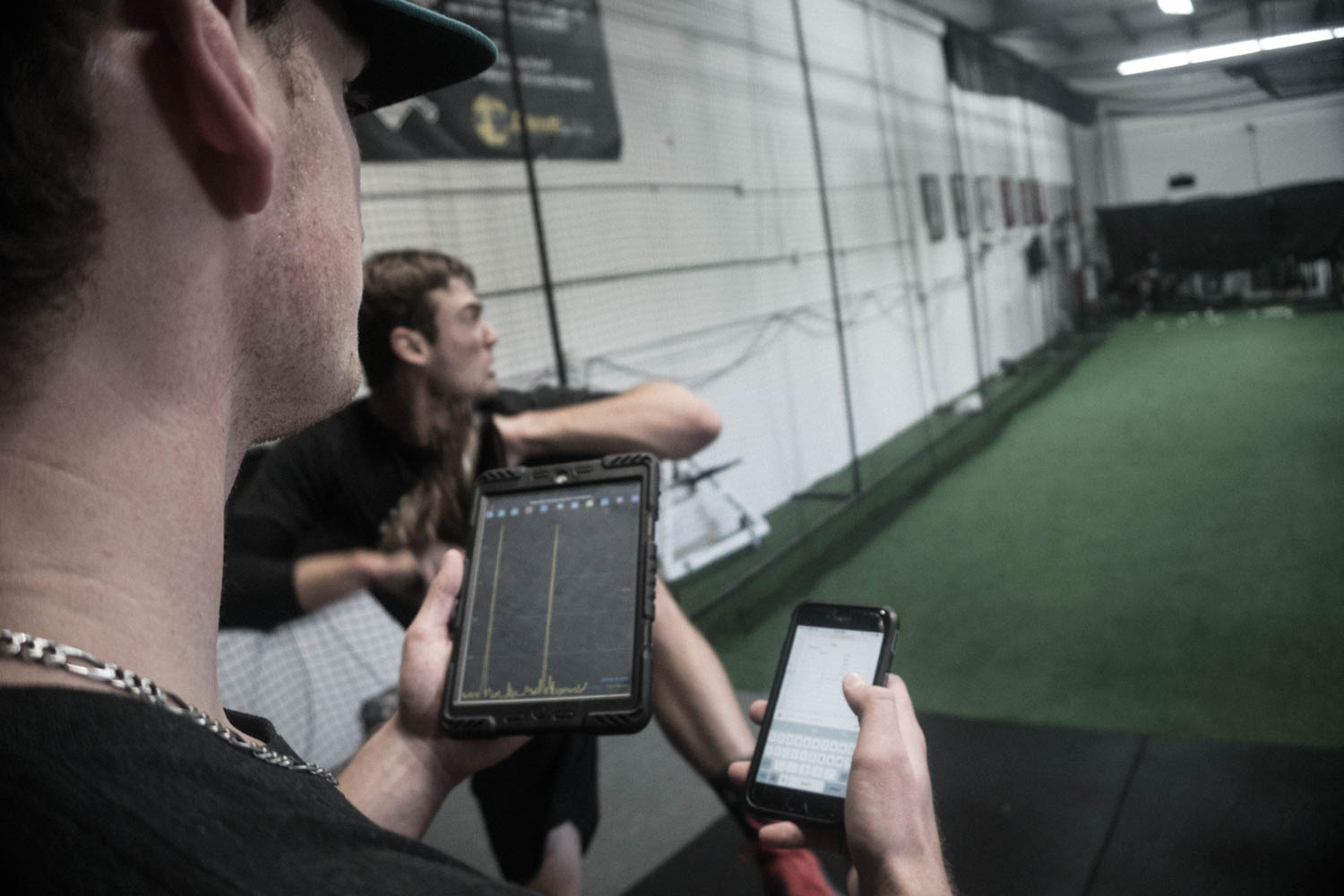
A common criticism of training using overload/underload implements is that training using weighted balls only trains arm speed, and that such a training method either:
- Increases the chance of an arm-related injury
- Doesn’t improve velocity as arm speed is similar across all ages despite differing velocities
The first claim is not supported in any peer-reviewed (or non-peer-reviewed) research paper or case study. The American Sports Medicine Institute (ASMI) published an exhaustive paper on weighted ball training that did not support that weighted ball training increased elbow varus torque.
Similar claims to the first point have been made by physical therapists and other individuals who claim training with overload implements specifically increases external rotation (both static on the training table and dynamic in the delivery) of the shoulder, which can be a link to increased chance of injury if the range of motion is gained too quickly.
A case study of seven professional pitchers who had little to no experience using weighted baseballs trained at Driveline Baseball for 5 weeks and underwent an exhaustive, high-intensity throwing program using Plyo Ball ® and Elite Weighted Baseballs. We measured their external rotation (ER) range of motion statically using a standard goniometer technique and maximum external rotation (MER) range of motion in the pitching delivery using our biomechanics laboratory setup.
The data from this study did not support the idea that asymptomatic, healthy professional pitchers gain either static external rotation or dynamic maximum external rotation after a high-intensity weighted baseball throwing program.
Arm speed and angular velocities of the throwing arm is a bit more complicated, however.
Getting a Better Understanding of Arm Speed
Arm speed is generally defined as the measurements of two specific kinematic actions:
- Elbow Extension
- Shoulder Internal Rotation
A graphical representation by Dean Jackson (Diamondbacks) helps to illustrate these actions in the arm:
In Kinematic and kinetic comparison of baseball pitching among various levels of development (Fleisig, Barrentine, et al, Journal of Biomechanics 1999, source), there showed very little variance between arm speed parameters in youth, high school, college, and professional pitchers – despite a large sample size:
Note in the Arm acceleration phase part of the table that while there is significant difference among the four levels in elbow extension and internal rotation velocities, they all run fairly close especially in college vs. professional pitchers, where collegiate pitchers had faster arm speed but slower ball velocity.
What gives? Why can pitchers throw with similar arm speeds but have drastically different final velocities? Does that mean arm speed doesn’t matter?
Size Matters – Anatomical Advantages
The answer is very simple: The older you get, the larger you become. You grow taller, your arm segments lengthen, and you gain muscle mass and bone density. Furthermore, professional athletes overindex for taller heights, so any professional vs. college study that doesn’t control for height can’t make claims about how faster arm speed doesn’t help you throw faster.
A way to tell if the professional pitchers are bigger is to see if they had to generate higher torque values to accelerate their arm at the same speed as the collegiate pitchers. If the limb is bigger, then it requires more torque and acceleration to get it to the same speed as a smaller limb – think of a pole 2 feet tall vs. a pole 6 feet tall. To get the poles to spin end-over-end at the same speeds, you need to exert drastically more force (torque) on the 6 foot tall pole despite the end velocities being the same.
Fortunately for us, Dr. Fleisig provided these values in the same study.
During arm cocking and arm acceleration, every single torque value was statistically significantly different across the age and experience levels! This means that professional athletes had to create significantly more energy to create the same arm speed, but because their limbs were bigger, their resultant ball velocity was faster.
Angular velocity can be a bit tricky to understand. How could the arm speeds be the same but the ball velocity be so different? Most people are used to point velocity, where “arm speed” would be measured at the wrist or the fingertip, and in doing so get confused. Angular velocity is the rate at which the entire limb rotates irrespective of the point chosen – it’s an angular measurement. If you measured the wrist speed of the collegiate pitcher and the professional pitcher, you would see that the wrist speed is quite a bit higher in the professional pitcher despite similar (or even slower!) angular velocities.
In short – if an arm 10 feet long (bear with me) and an arm 1 foot long had the same “arm speed” (angular velocity), the point velocity of the fingertip would be insanely higher in the 10 foot long arm, and thus more torque would have been required to accelerate the 10 foot long arm to that same speed.
So claims that “arm speed” (angular velocity in research papers cites) don’t matter are clearly incorrect without adjusting for kinetics and anatomical differences. Arm speed always matters, and that’s why training using underload/overload objects has been proven time and time again to increase throwing and pitching velocity.
Continued Research Opportunities
There are a number of interesting research topics to analyze that are related, most notably the efficiency of arm speed – not all arm speed is created alike. The closer you can maximize arm speed to the release of the ball, the faster the resultant velocity will be; furthermore, the better you can directionally apply arm speed directly at the target, the more efficient the delivery will be!
As always, these topics are always being vetted and tested in the Driveline Biomechanics Laboratory. We look forward to freely sharing more research as we make progress!
Want to learn more about what we know about gaining fastball velocity? Check out the wide array of blog articles we have relating to velocity building here.
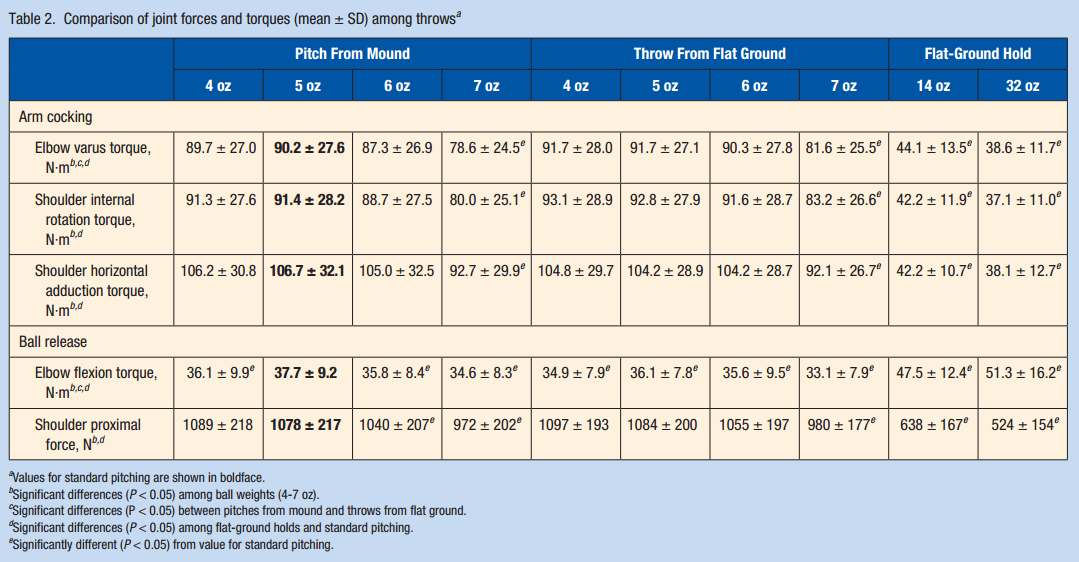
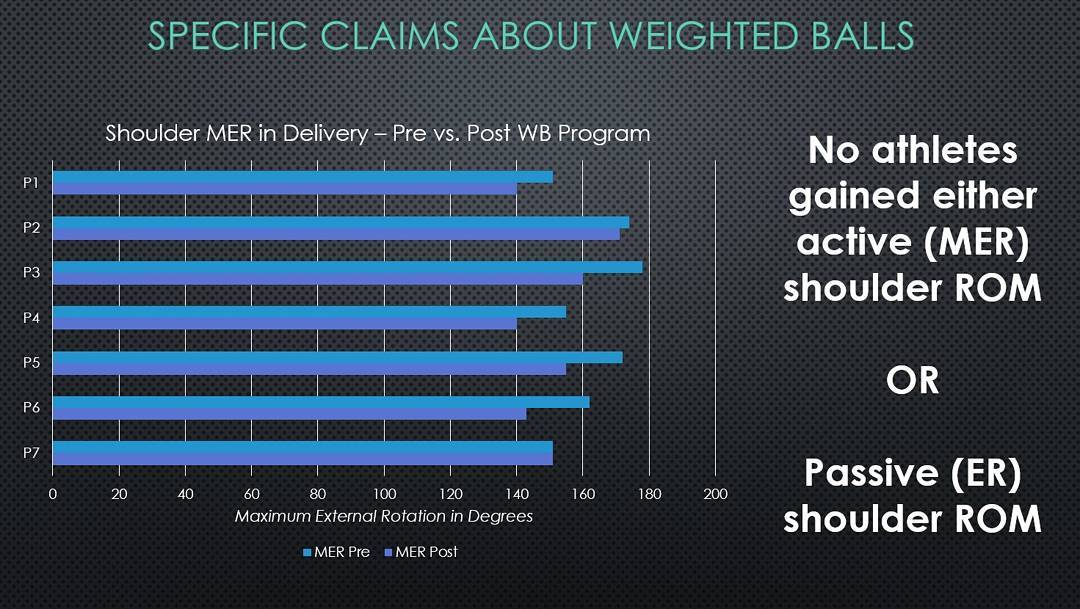
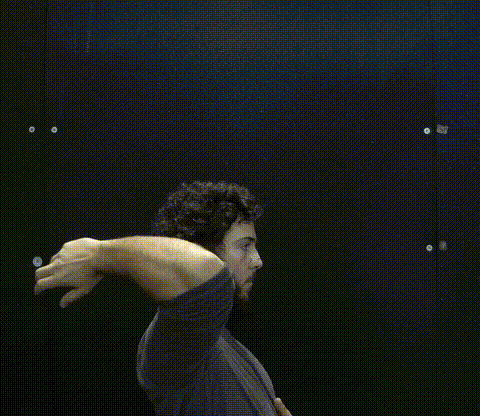
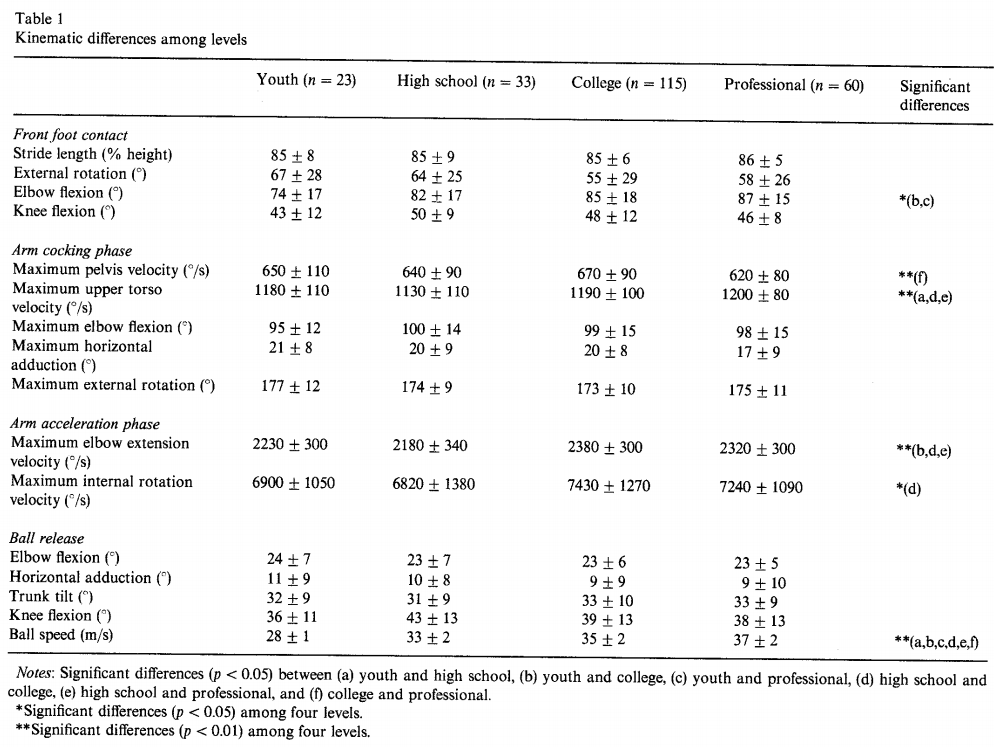
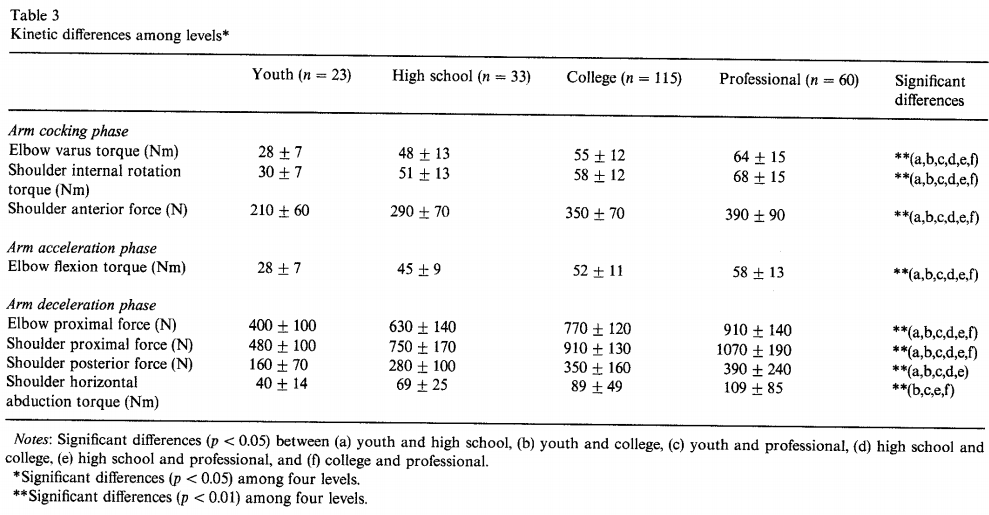
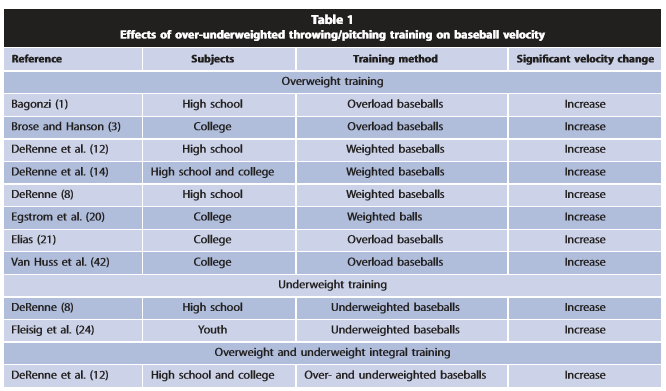
Comment section